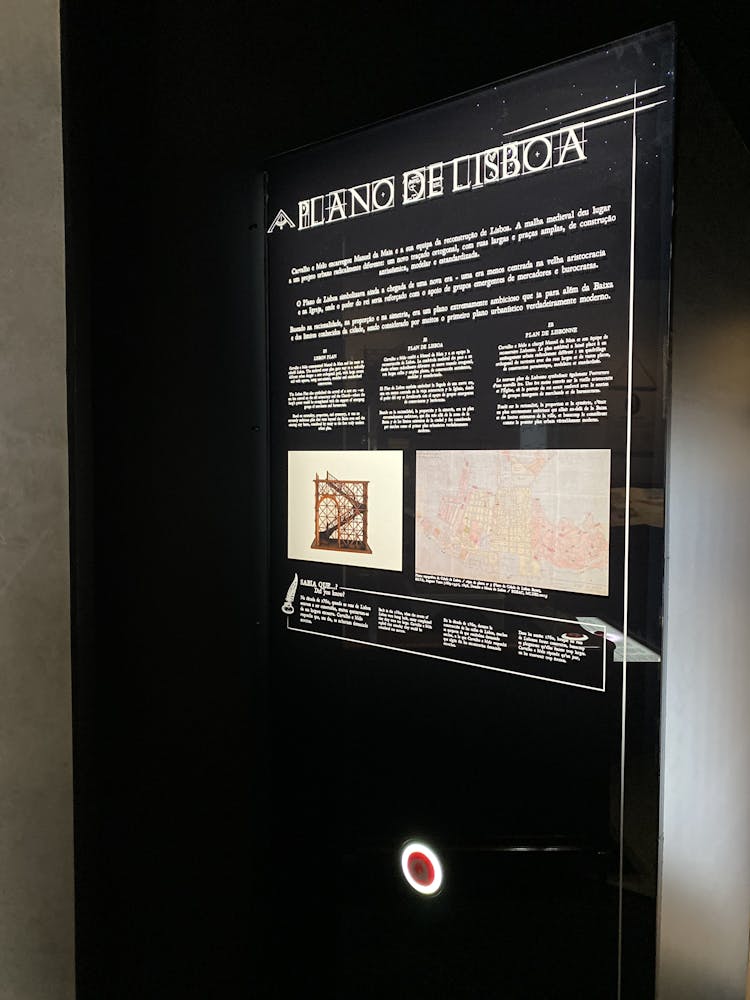Share
When an earthquake hits, the ground shakes, which can cause serious damage. But earthquakes also generate other destructive effects.
Surface rupture: The ground breaks, which can cause damage to roads, railways and communication lines.
Liquefaction: When seismic waves shake water-saturated sediments, the soil and rock can lose its solid properties and behave like a fluid. Building foundations sink and move, causing building damage and even destruction.
Landslides: Loose sediments on slopes and even hard rock on steep mountains can become unstable and slide when the earth shakes.
Tsunami: These waves can be generated when an earthquake occurs under the ocean or close to the coast. Today, most coastal cities around the world have tsunami early-warning systems which aim to give coastal populations some time to reach safety before tsunami waves hit land. These systems rely on information provided by seismic waves—which travel about thirty times faster than tsunami waves—and ocean buoys that measure sea height. The further away the epicentre is from land, the earlier warnings will be issued, helping people reach safety in time.
Flooding and fire: Earthquakes can cause structural damage to dams and, in turn, cause floods. They can also damage natural gas pipelines and power lines, causing fires.
Aftershocks: These smaller and shorter earthquakes can cause the collapse of structures that were damaged but not destroyed by the main, stronger earthquake.
Did you know?
- The waves that you usually experience at the beach are caused by wind. They move along the surface of the water. Tsunami waves are different. They move from the ocean floor to the surface as an entire column of water— even in deep oceans!
- Tsunamis are not a single wave but a series of waves. Frequently the first wave is not the largest one and tsunamis can last for hours.
- In many regions like the Mediterranean, Northeast Atlantic, and Japan, earthquakes that may cause tsunamis occur very close to the shore, giving little or no time for an effective tsunami warning message to be issued. If you feel strong shaking, hear a roar from the ocean or see a sudden rise or fall of the sea level, move immediately to high ground, do not wait for an official alert to be issued.
- Tsunamis can be generated by earthquakes, volcanic eruptions, landslides, or the impact of meteorites. Given the right conditions, tsunamis can also be generated by pressure disturbances in the atmosphere; these are called meteotsunamis.
- If you are on a boat when the tsunami comes, then go into deep waters to avoid the stronger waves close to the shore.
- If you are on a boat when the tsunami comes, then go into deep waters to avoid the stronger waves close to the shore.

Maximum tsunami wave height (colored background) and travel time (contours in hours) computed for one of the credible sources for the 1st November 1755 event (IPMA).
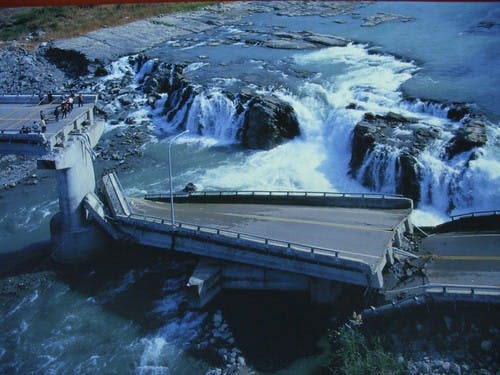
When the fault that ruptures during an earthquake reaches the surface, the ground breaks, causing a surface rupture, which can cause damage to roads, railways and communication lines.
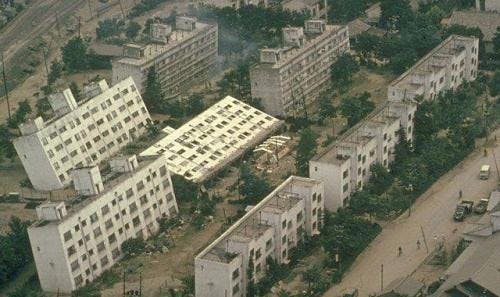
When seismic waves shake water-saturated sediments, the soil and rock can lose its solid properties and behave like a fluid, in a process known as liquefaction. Building foundations sink and move, causing building damage and even destruction.
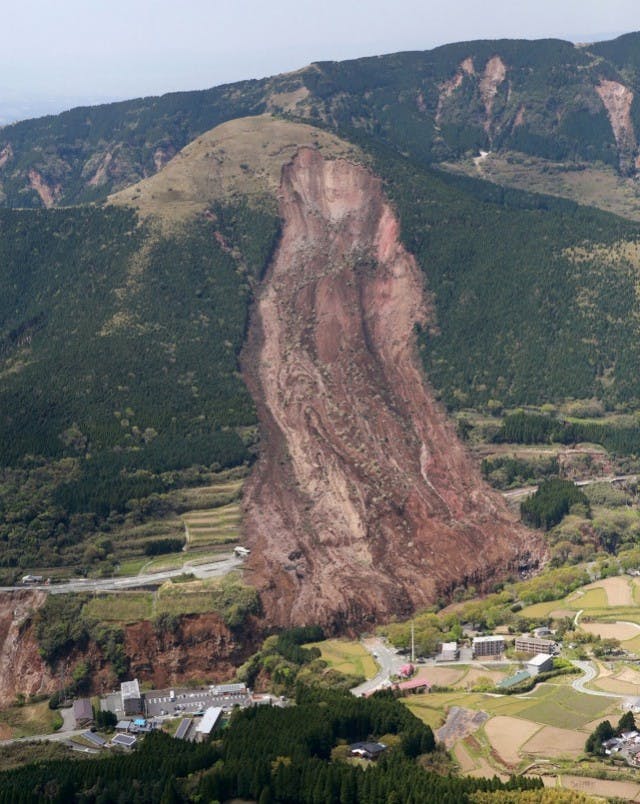
Loose sediments on slopes and even hard rock on steep mountains can become unstable and slide when the earth shakes.
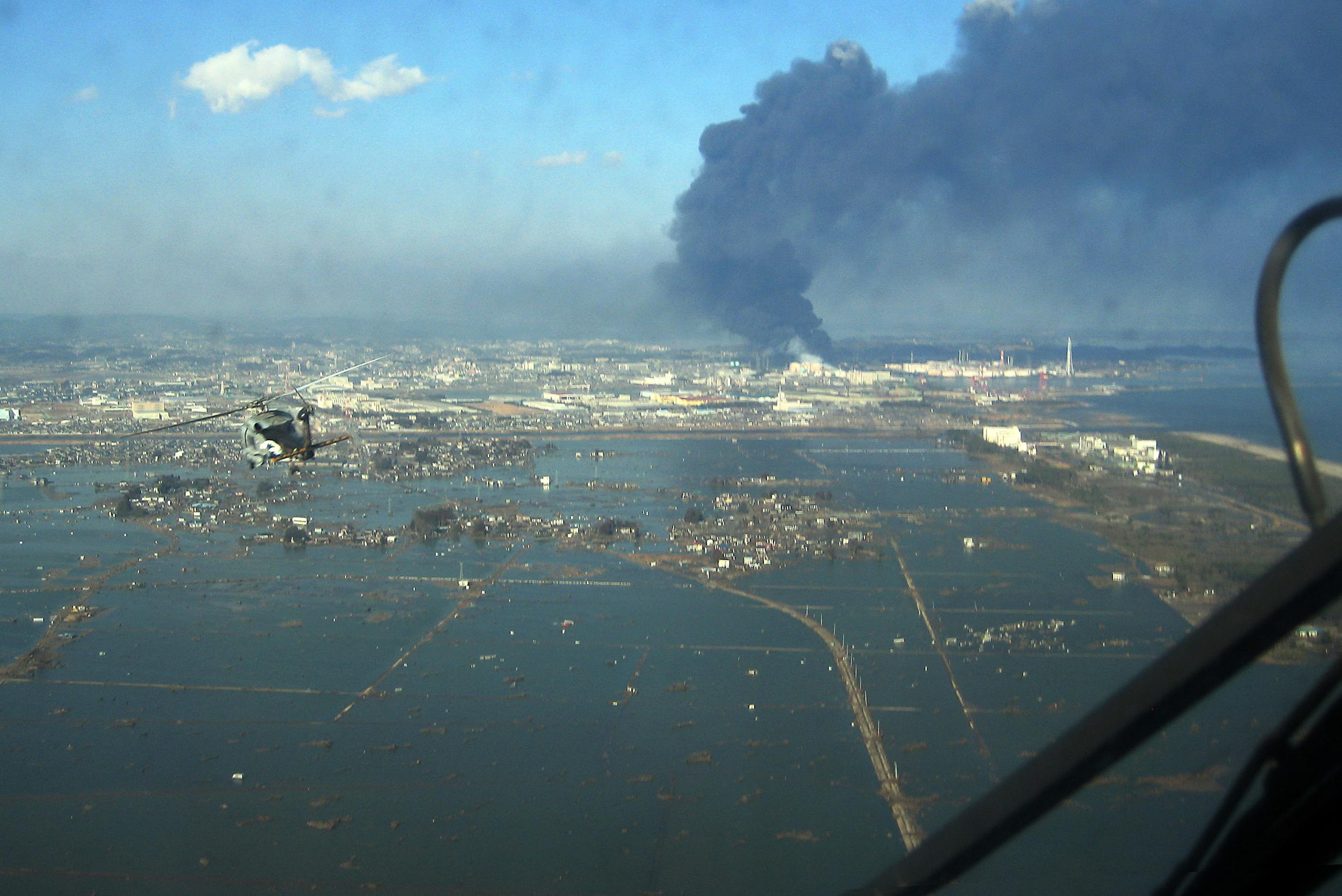
Earthquakes sometimes cause the ground to permanently subside, originating floods, as was the case during the 2011 Tohoku earthquake in Japan.
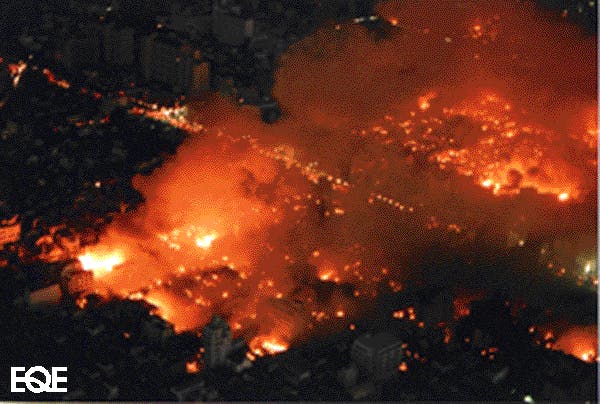
Fire in Central Kobe after the 1995 Kobe earthquake in Japan. Earthquakes can cause structural damage, including damage to natural gas pipelines and power lines, causing fires.
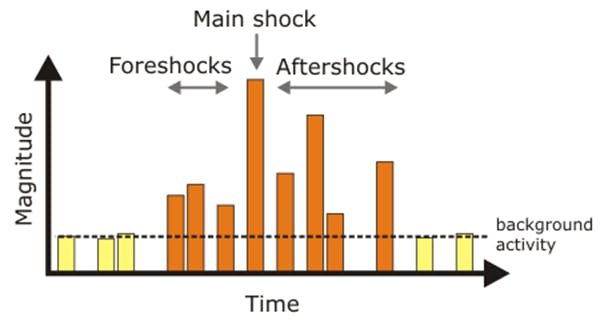
A mainshock is the highest magnitude earthquake in a seismic crisis, that is, in a period of enhanced seismic activity. All the earthquakes in the crisis that occur before and after the mainshock are called, respectively, foreshocks and aftershocks. Even though aftershocks are smaller and shorter than the mainshock, they can cause the collapse of structures that were damaged but not destroyed by the main, stronger earthquake.
Bibliography
Grotzinger, J. & Jordan, T. H. (2020). Understanding Earth, 8th ed. MacMillan.
Stein, S. & Wysession, M. (2009). An introduction to seismology, earthquakes, and Earth structure. John Wiley & Sons.
Instituto Português do Mar e da Atmosfera
https://pnsn.org/outreach/earthquakehazards/surface-rupture
Show other RFID points
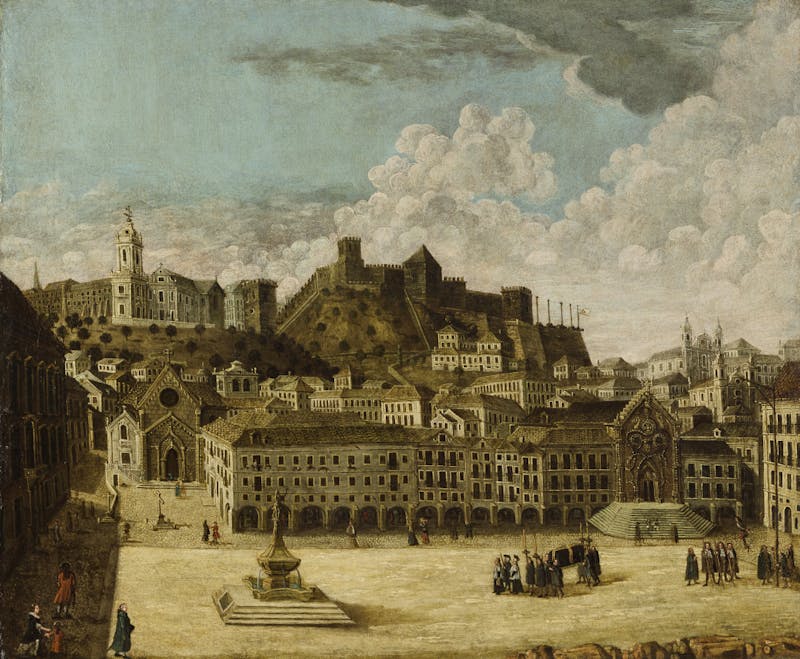
Lisbon 1755 - A city of contrasts
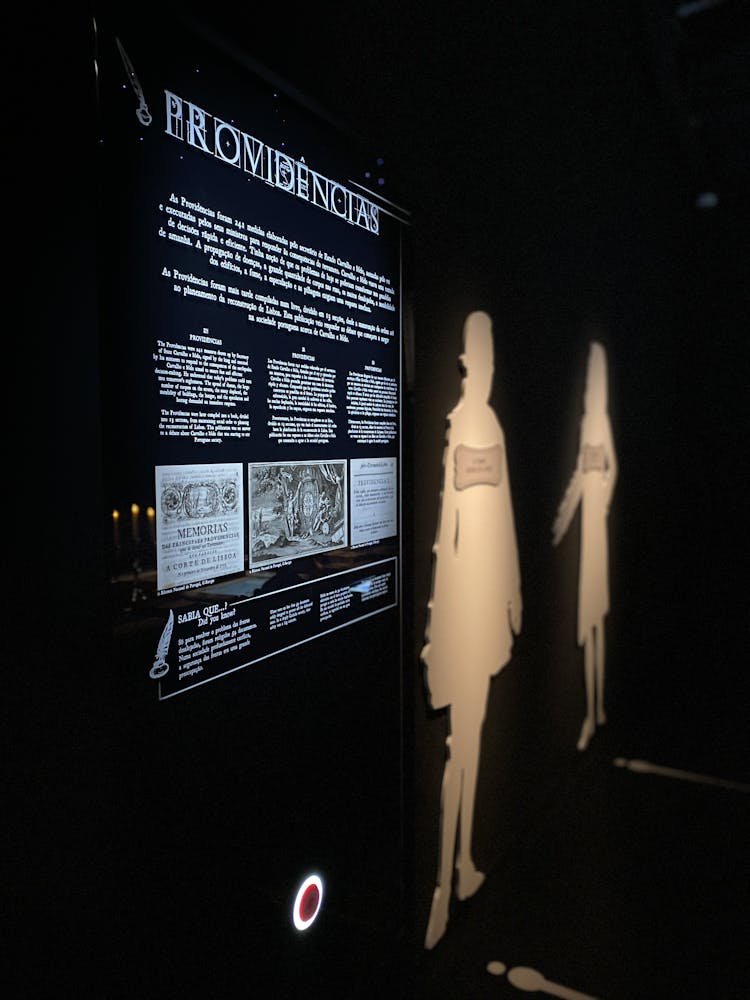
Providências

The German merchant
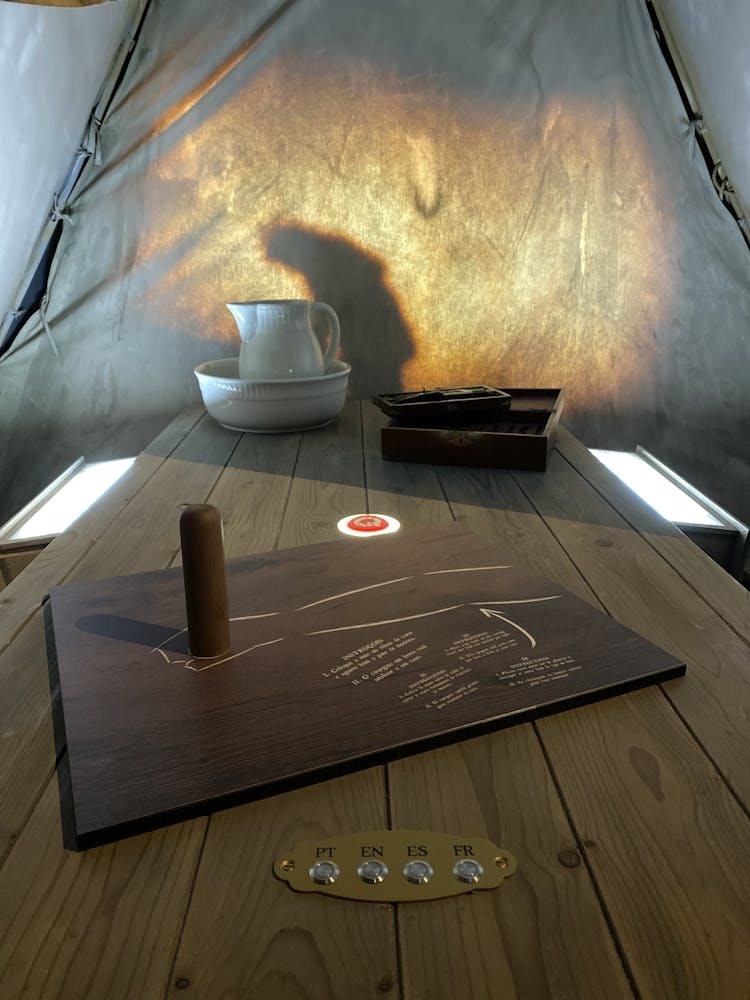
Surgeon Bleeding Barber
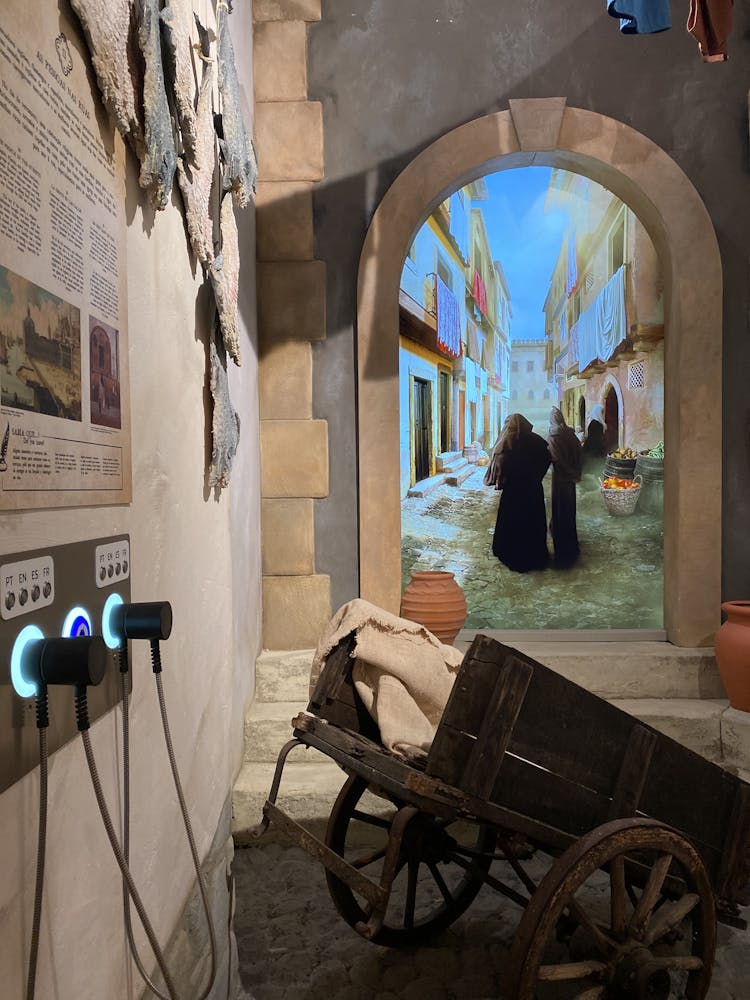
The people in the streets
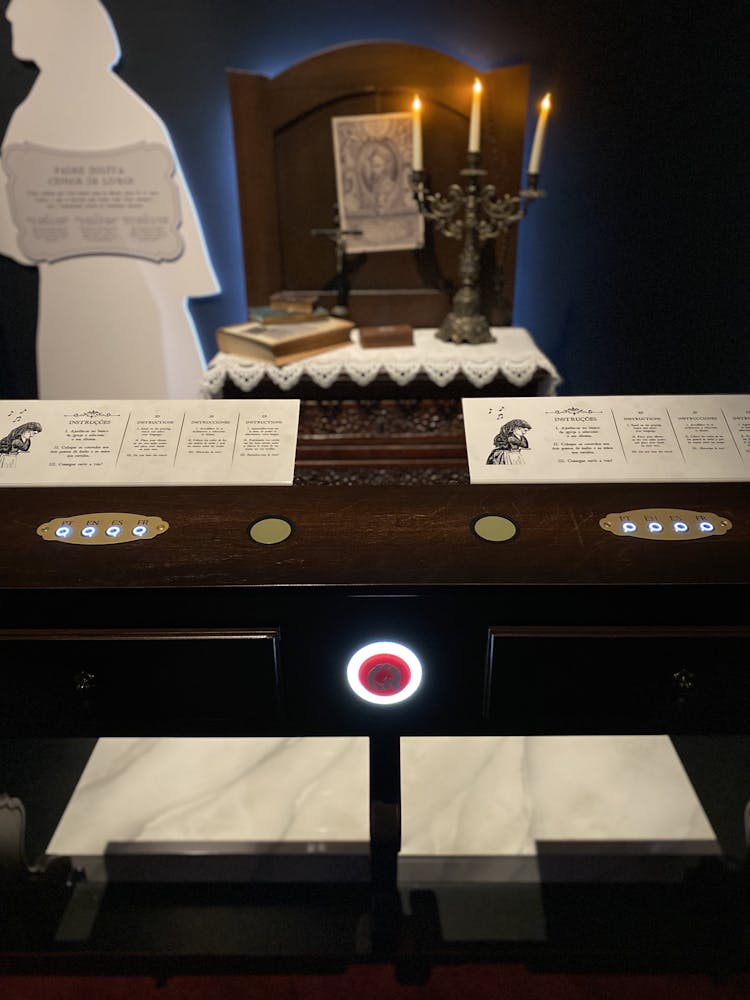
Jesuit book censor Priest
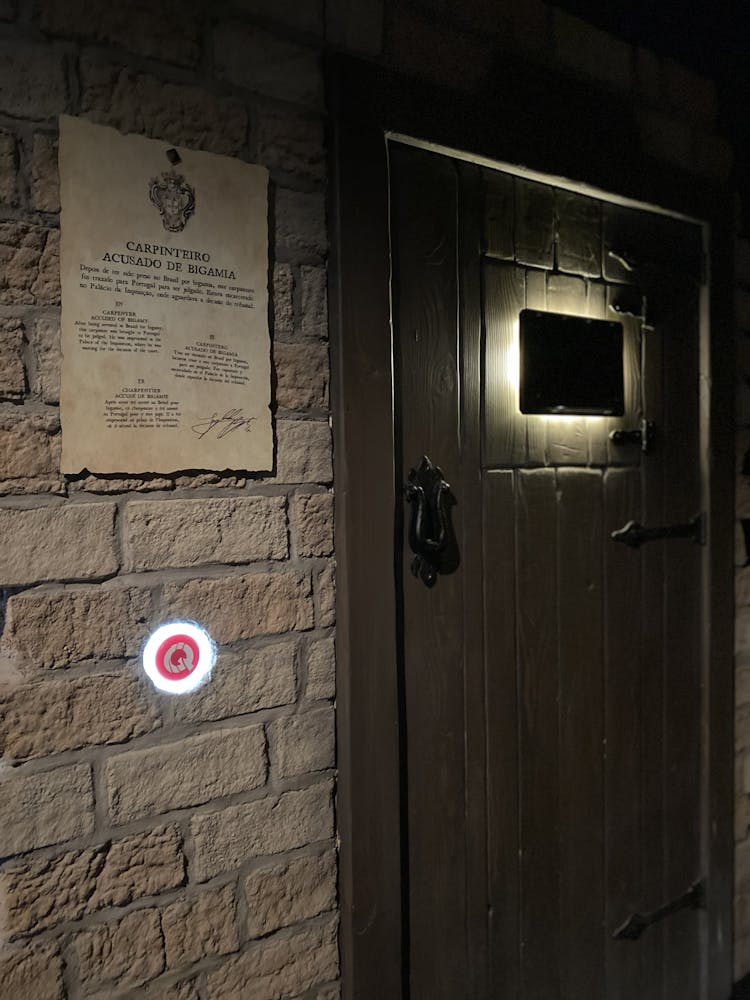
Carpenter accused of bigamy
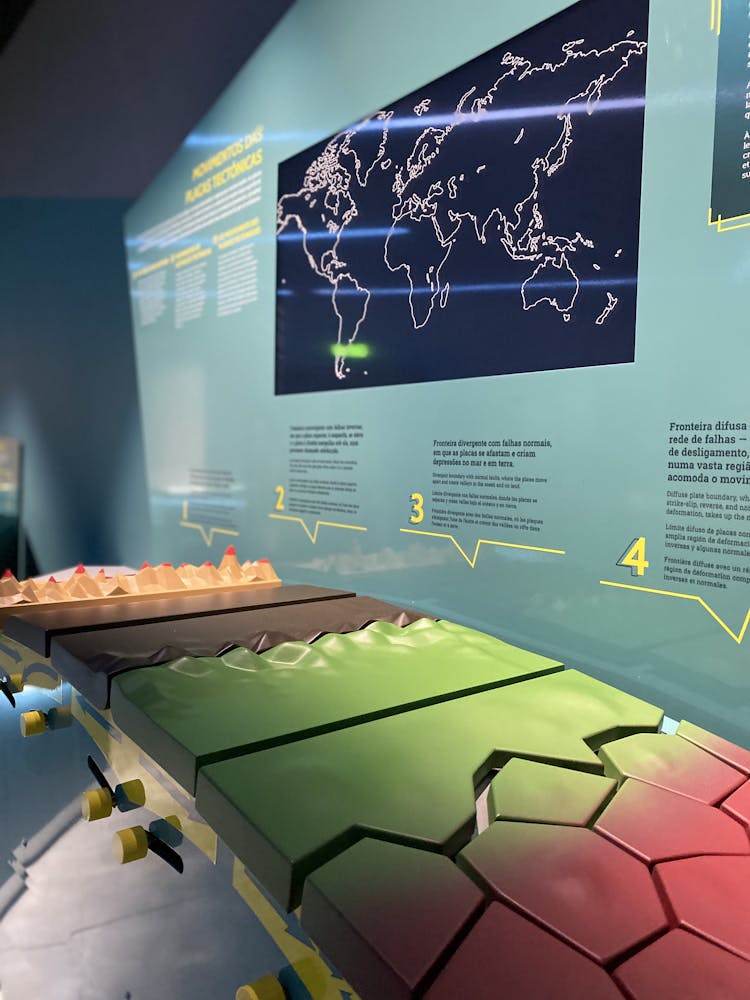
Tectonic Plates and Moving Plates
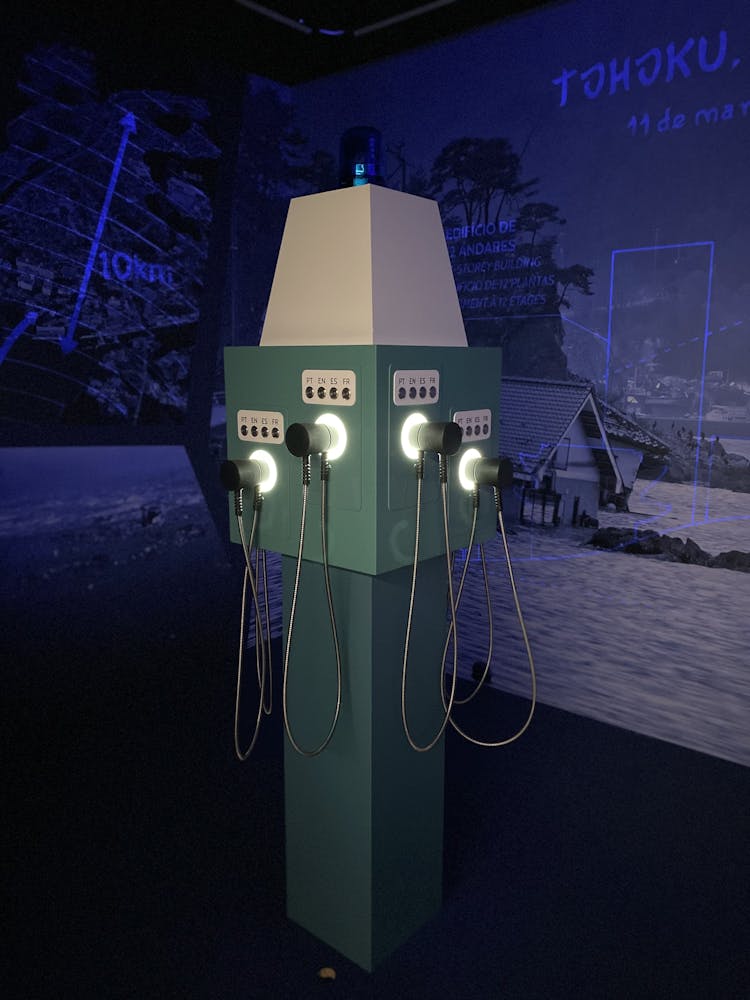
San Francisco and Tohoku
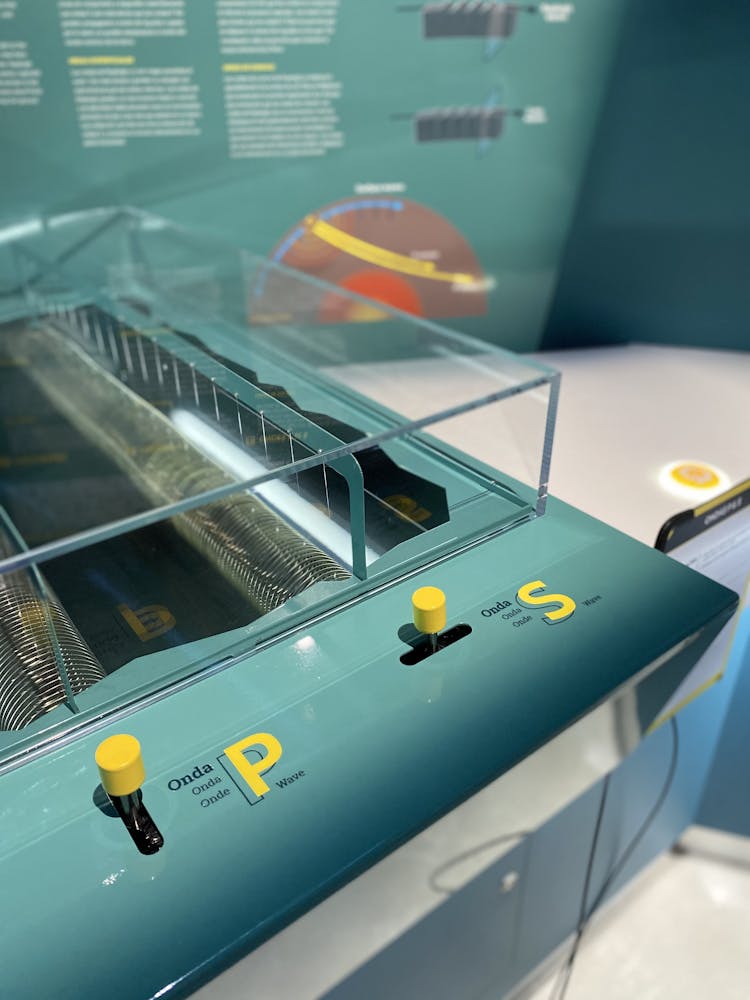
P&S Waves
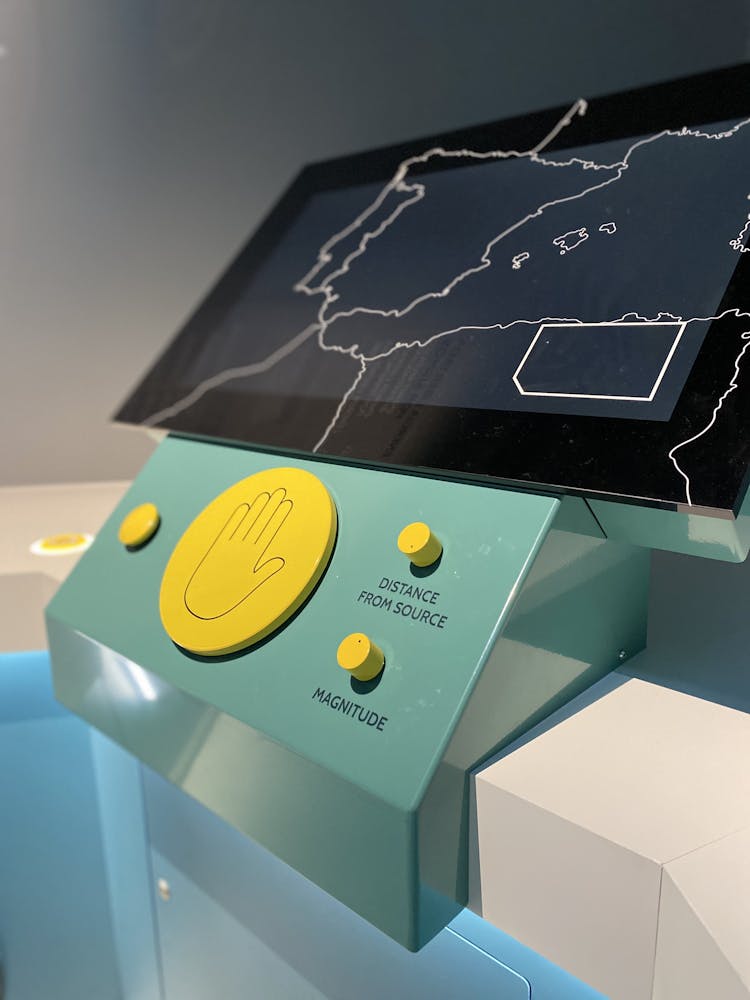
The Size of an Earthquake

Are we prepared for the next one?
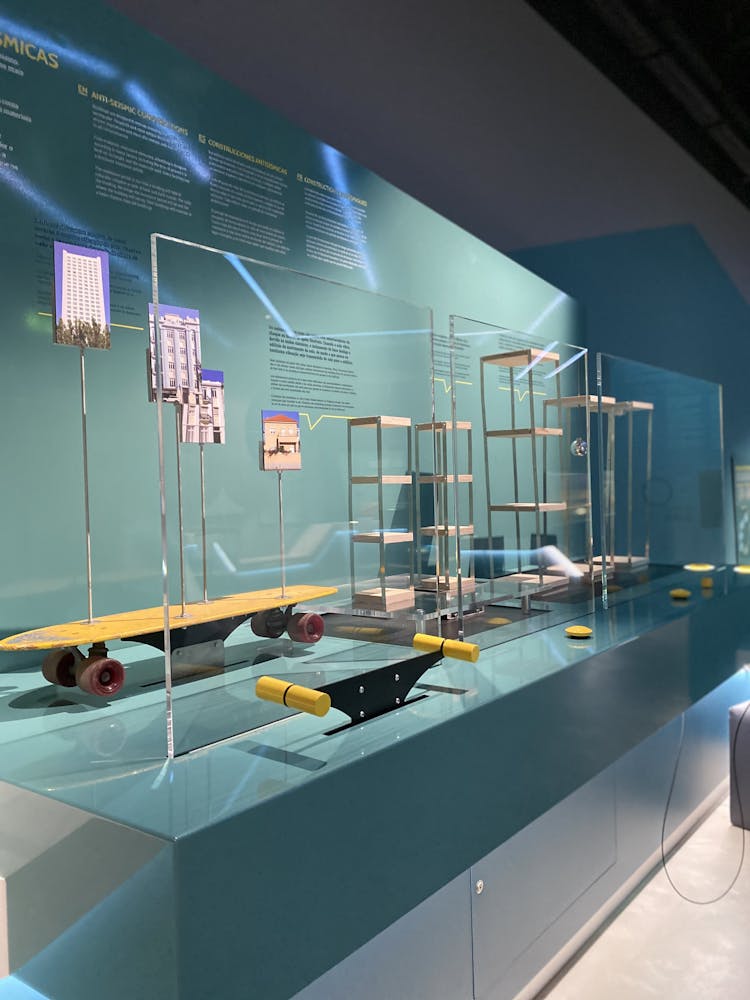
Anti Seismic Constructions
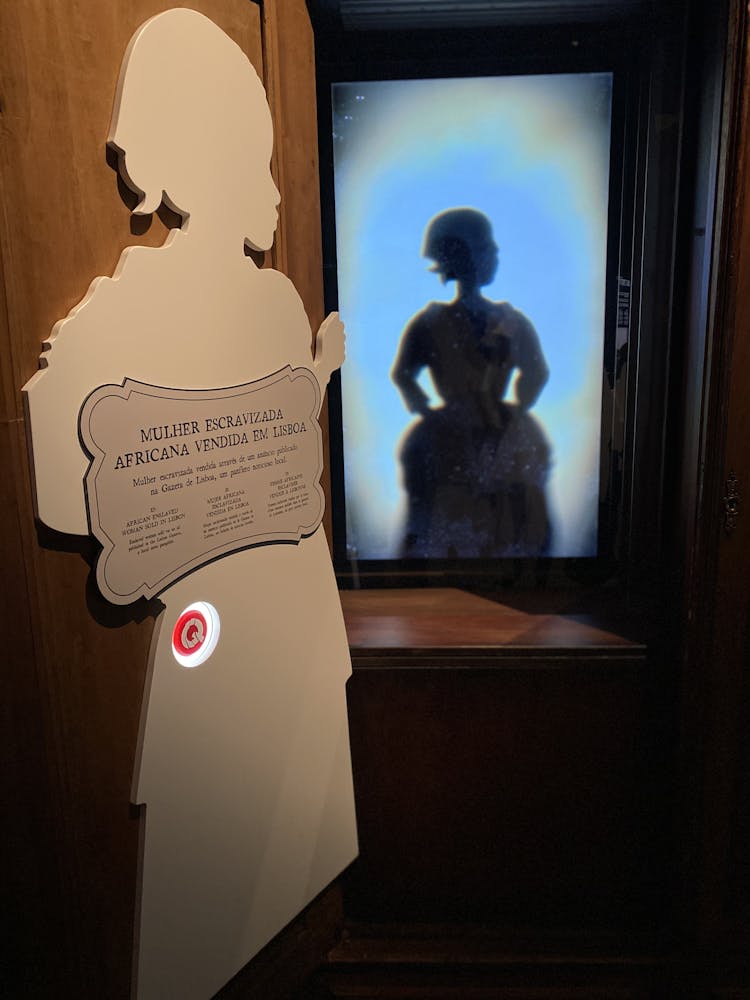
African enslaved woman bought in Lisbon
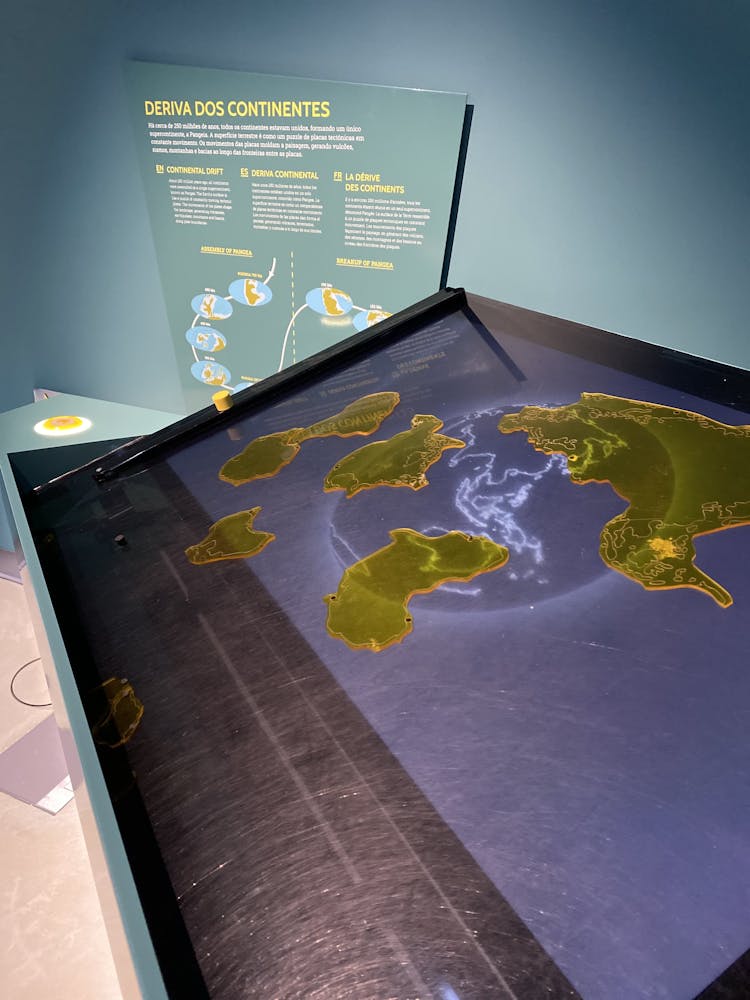
Continental Drift
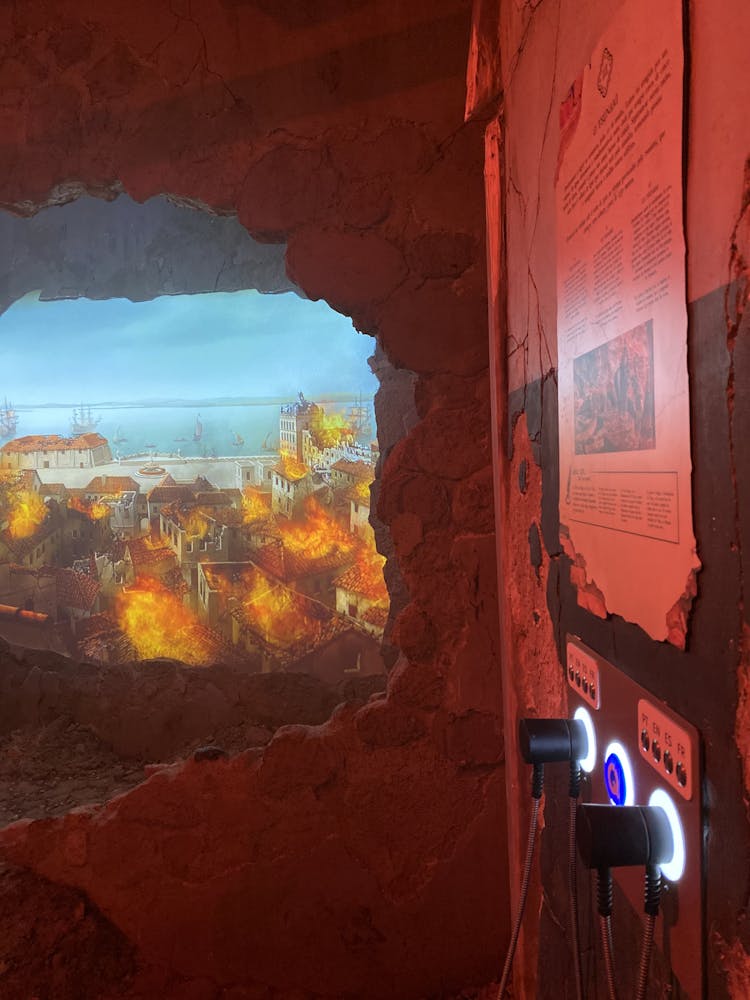
The Tsunami
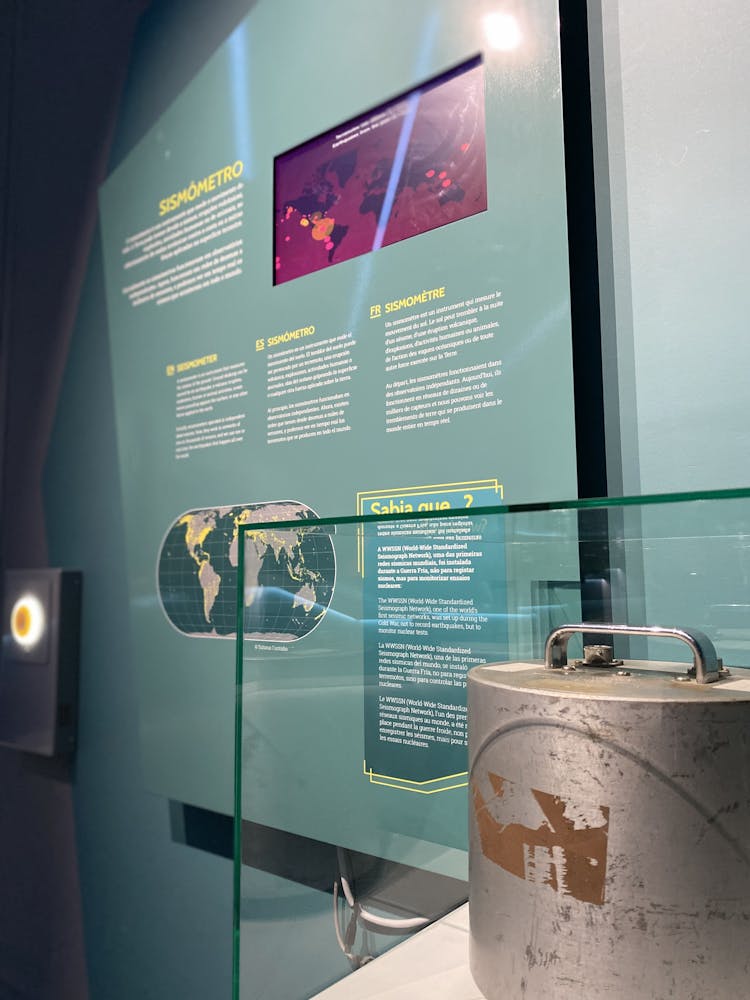
Seismometer
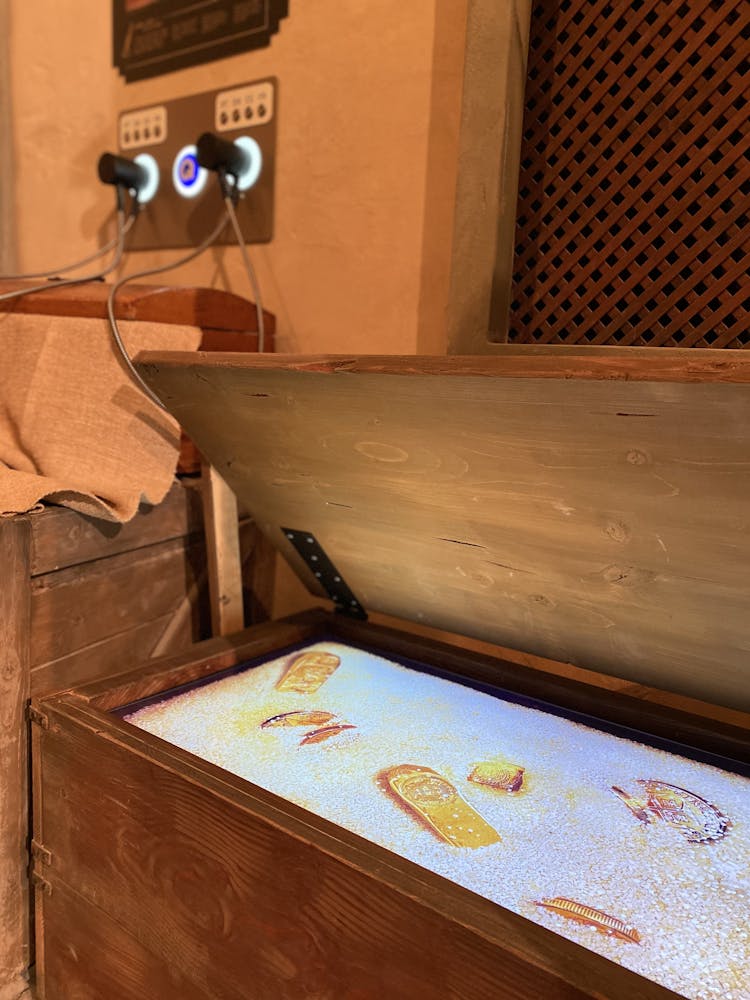
Richness of the city and gold smuggling
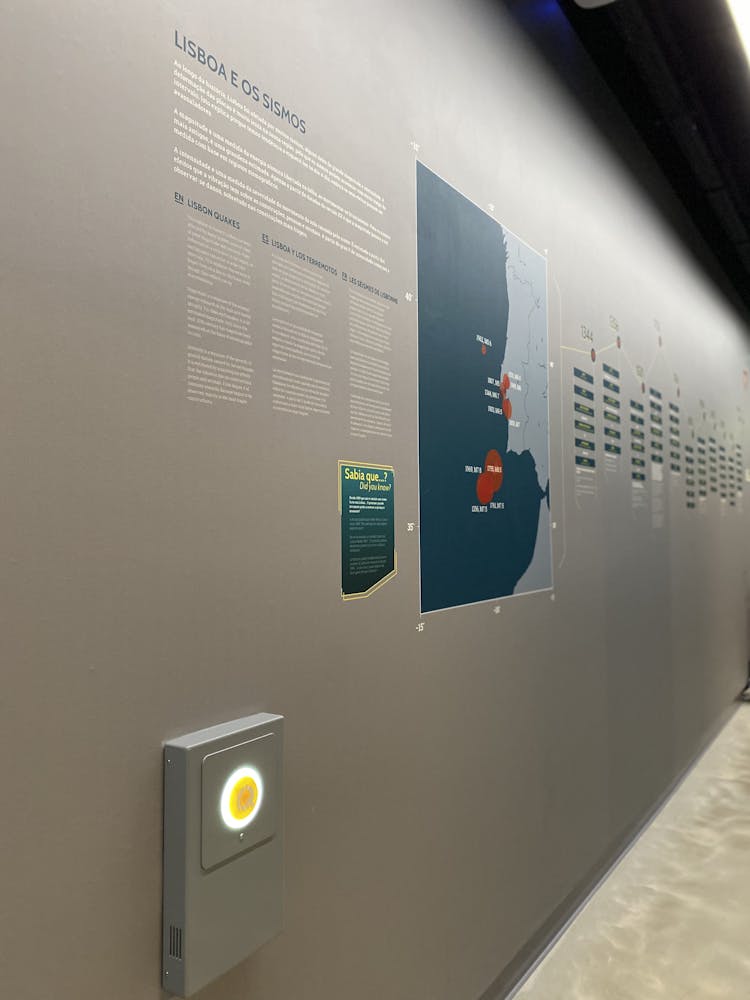
Portugal Tectonics and Lisbon Quakes

How the fires started and propagated
Inquérito
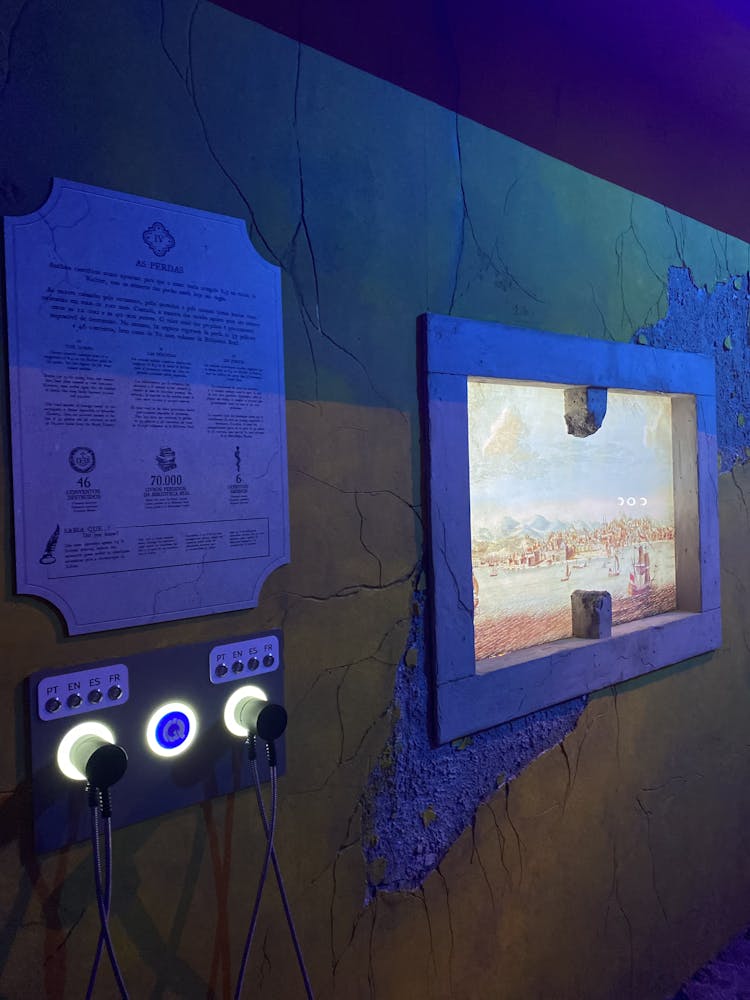
The losses
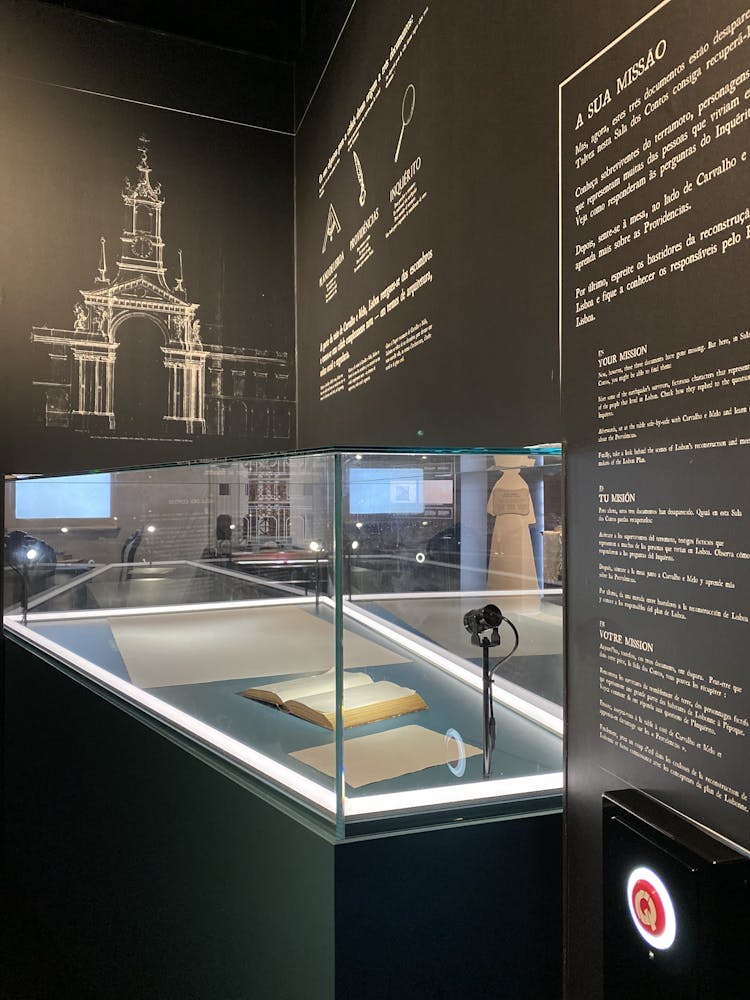
The three missing documents

Traditional Rite Masses
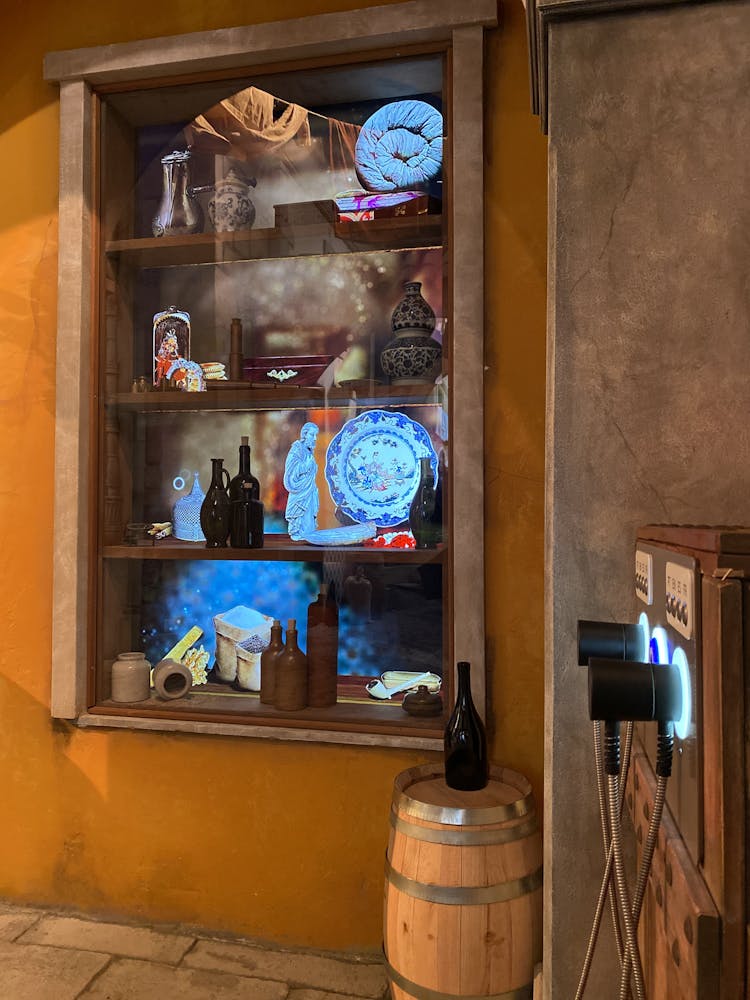
The connection with the colonized territories
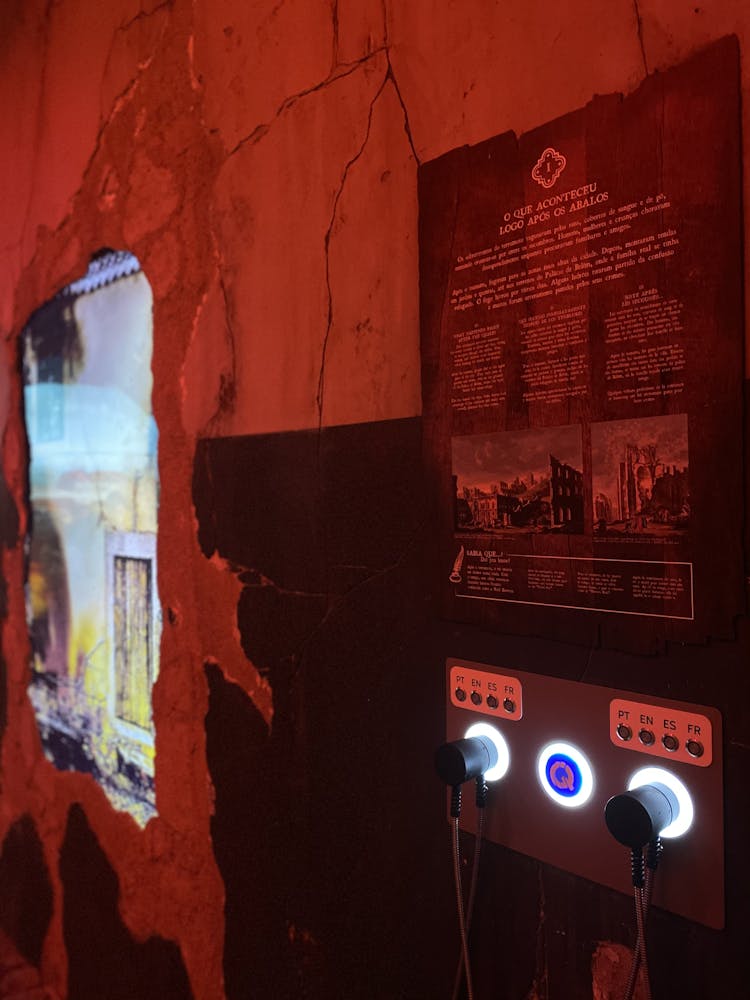
What happened right after the quakes
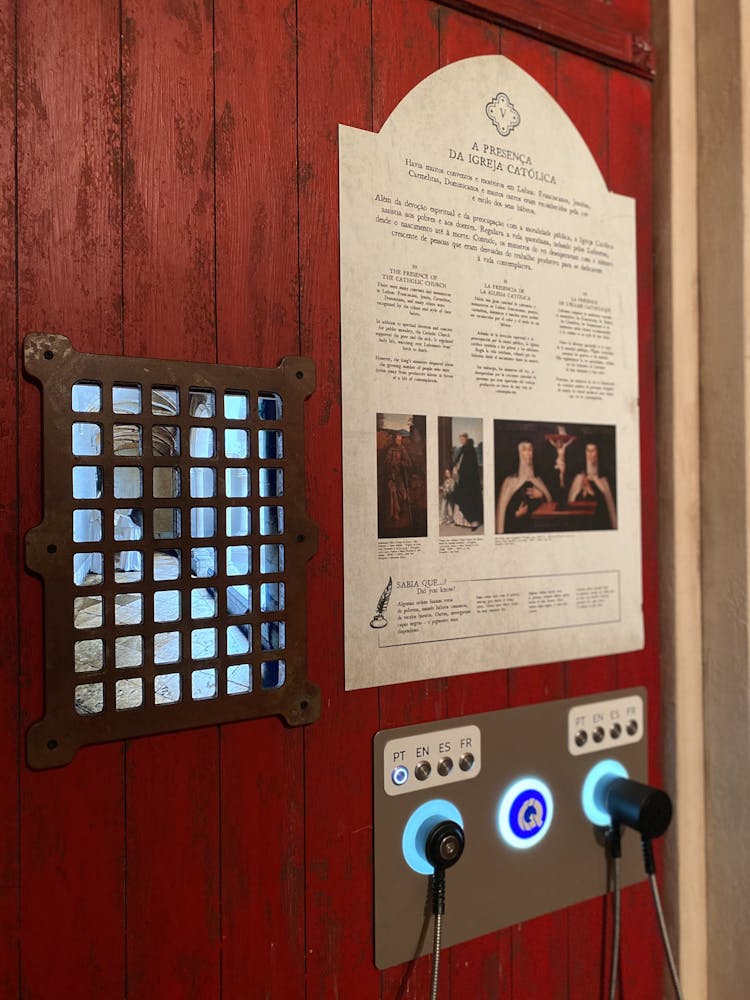
Presence of the Catholic Church
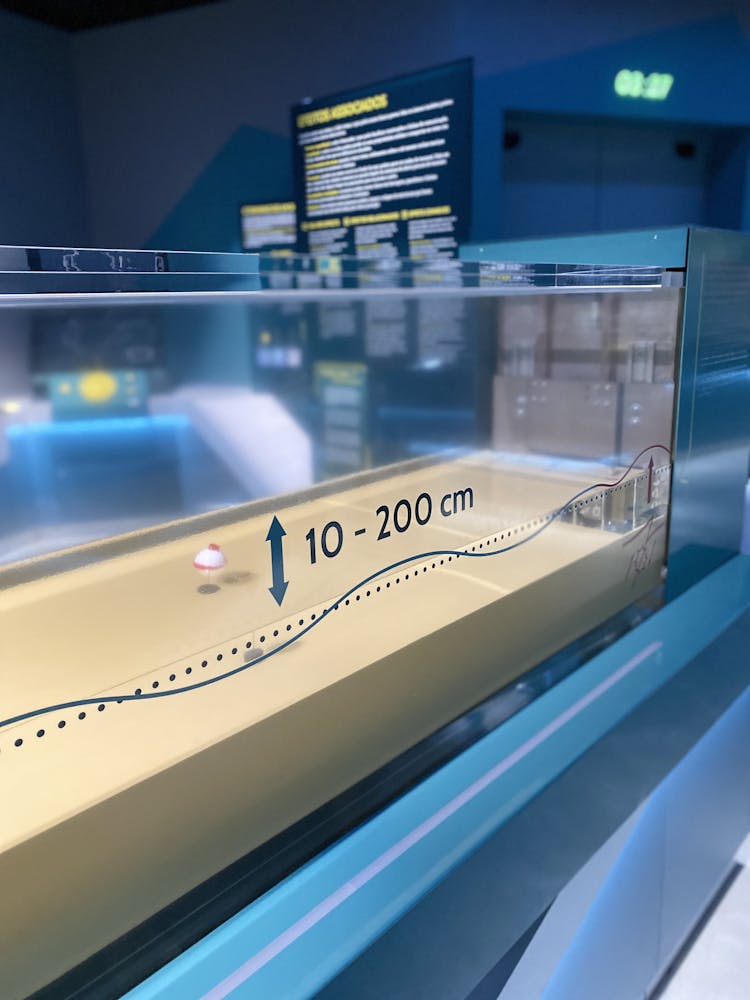
Related Effects
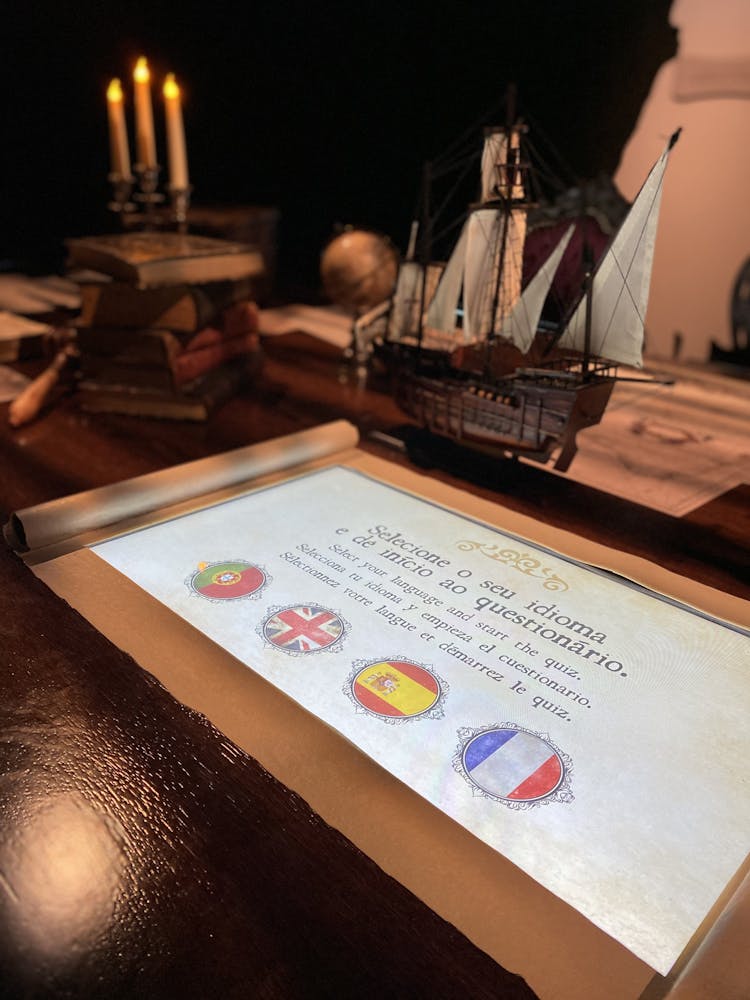
The King's Ministers
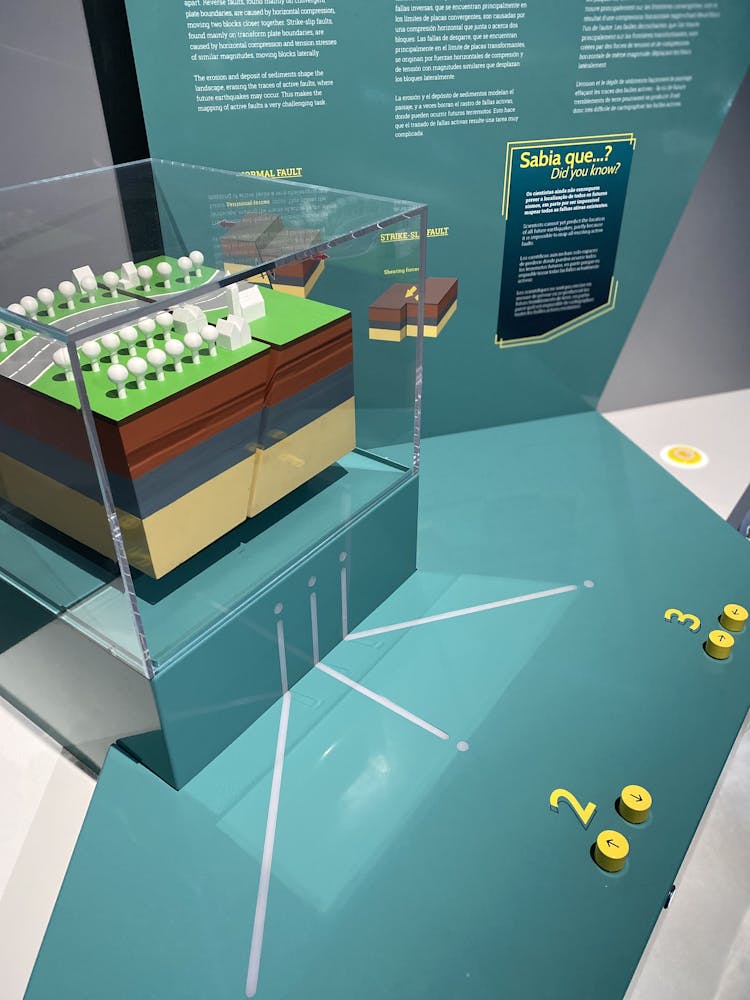
Earthquakes and Faults
